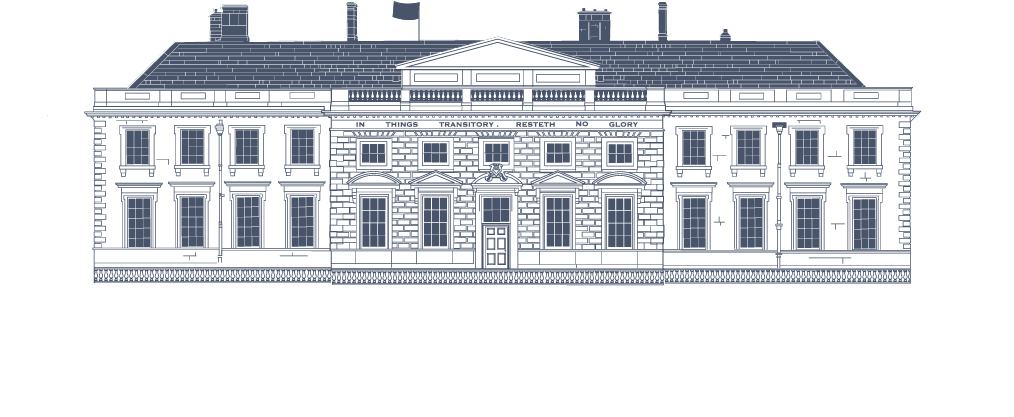The Gardens
“It is open to question whether any other garden the world over contains features of such peculiar interest”
The Strand Magazine on Lamport, 1900
Although the size and location of the gardens has remained the same since they were first laid out, the design has changed significantly over the generations.
In the 17th century, Sir Thomas Isham entrusted the development of the gardens to his land agent, Gilbert Clerke, while he was away in Europe. The surrounding banks and large wrought iron gates survive from this time. One of the main changes in the 18th century was in 1750, when Sir Edmund planted box edgings to seven groups of shrubs. All but one of these ‘rooms’ would later be removed in the twentieth century.
It was the keen eye of Mary, Lady Isham in the 1820s and later the passion of her son Sir Charles, which gave the gardens their present layout. Sir Charles planted the Irish yews to create the Eagle Walk, so called because it led to an aviary of eagle owls. He also created the Italian garden in front of the Drawing Room windows and planted the climbing wisteria which still thrives today.
Sir Charles’ pride and joy however was his remarkable rockery. He began work on the rockery in 1847. Standing some 24 foot high, 90 foot long and 47 foot wide, it was built right up against the Hall so that Sir Charles could see it from his bedroom window. It was made to look like a miniature world, with tiny crevices and caves, and planted dwarf trees. The rockery was populated with gnomes around 1874 - the world’s first garden gnomes! - and they remained there happily until the death of Sir Charles when, according to legend, they were shot at with air rifles by his daughters! Although most were lost, one survived, and today can be seen inside the Hall.
Today the gardens include extensive herbaceous borders and shrubbery walks containing some rare and interesting plants, providing year round interest. The Walled Garden was replanted in 2010 and is full of unusual tall perennial plants, many sourced from Piet Oudolf’s nursery in the Netherlands. A vibrant array of colour and variety of plants are intersected by gravelled pathways with hidden doors and relaxing benches to be found.
To the south-west of the Church lies the corner spinney which has been brought back to life with the restoration of the paths and a summerhouse. The planting has been carefully chosen to complement the masses of snowdrops and other bulbs and to remain in keeping with the essentially wild nature of the woodland garden.
